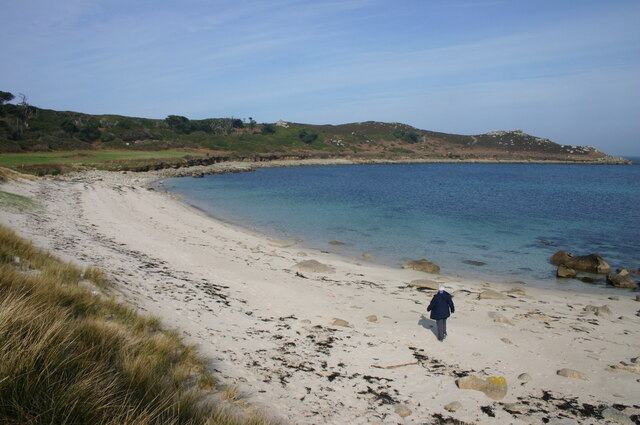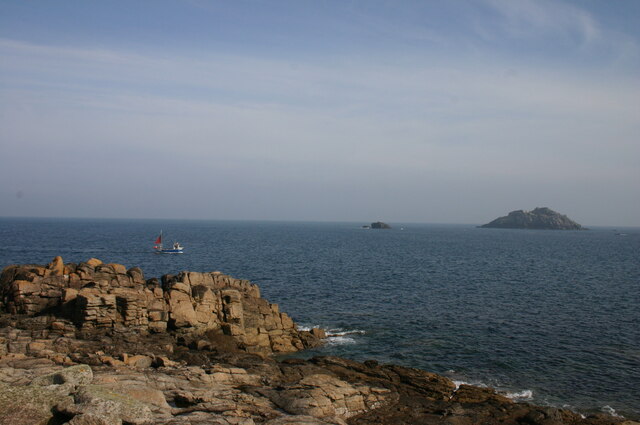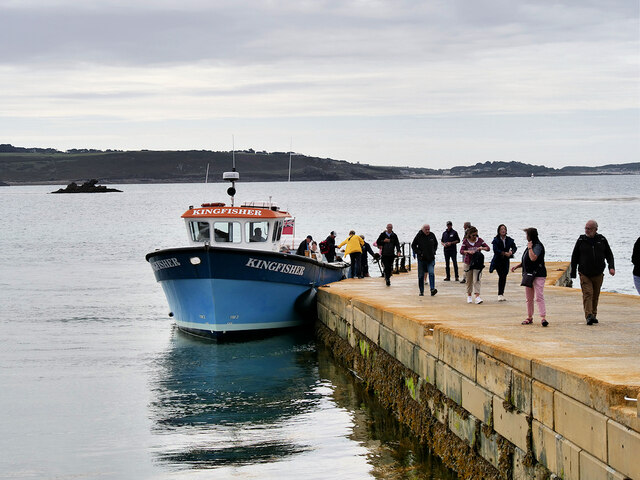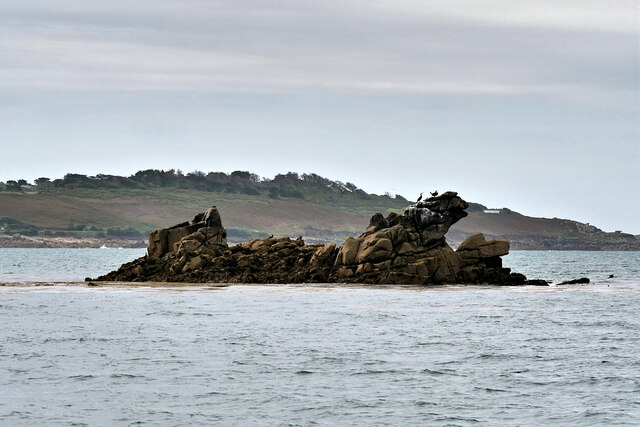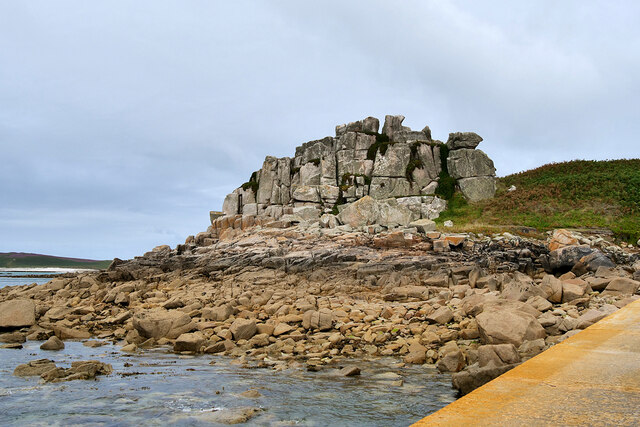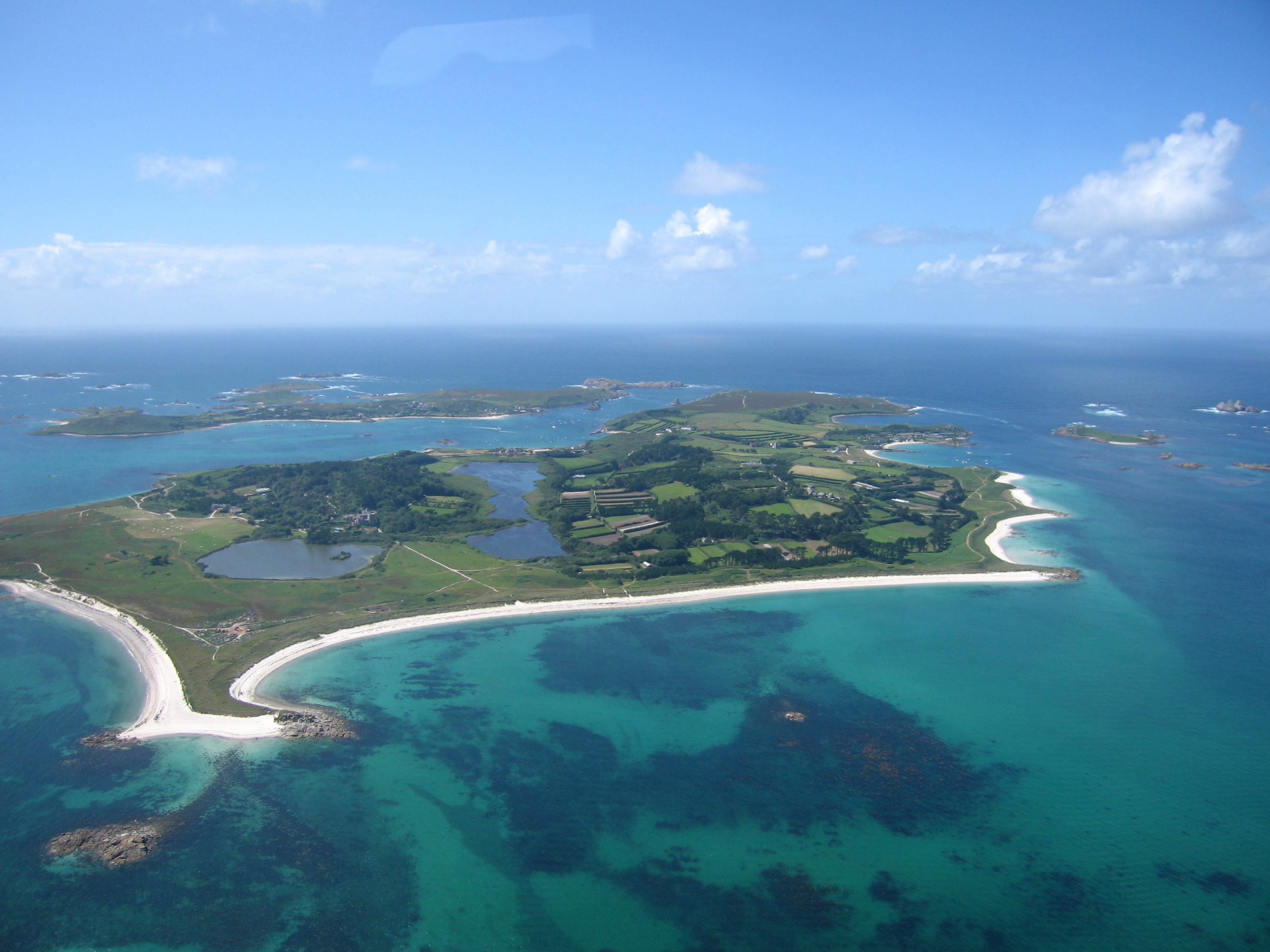Channel Rocks
Coastal Feature, Headland, Point in Cornwall
England
Channel Rocks

Channel Rocks is a prominent coastal feature located in Cornwall, England. Situated on the southwestern tip of the county, it is a stunningly rugged headland that juts out into the Atlantic Ocean. The name "Channel Rocks" derives from its position overlooking the English Channel, which separates England from France.
This headland is characterized by its towering cliffs, which reach impressive heights and are composed of sedimentary rock formations. These cliffs provide a dramatic backdrop to the crashing waves of the Atlantic, creating a mesmerizing sight for visitors. The ruggedness of Channel Rocks adds to its allure, attracting nature enthusiasts, hikers, and photographers alike.
As a point of interest, Channel Rocks offers breathtaking panoramic views of the surrounding coastline. On clear days, visitors can see as far as the Isles of Scilly and even glimpse the French coast. The headland is also home to a variety of flora and fauna, with seabirds nesting in the cliffs and wildflowers dotting the coastal paths.
The area around Channel Rocks is rich in history and heritage. It is believed to have been inhabited since prehistoric times, and remnants of ancient settlements and forts can still be found in the vicinity. The headland also played a crucial role in the defense of England during various conflicts, including World War II.
For nature lovers, photographers, history enthusiasts, or simply those seeking a picturesque coastal walk, Channel Rocks is a must-visit destination. Its rugged beauty, panoramic views, and historical significance make it a captivating and memorable experience for all who venture to this stunning corner of Cornwall.
If you have any feedback on the listing, please let us know in the comments section below.
Channel Rocks Images
Images are sourced within 2km of 49.953614/-6.3195105 or Grid Reference SV9014. Thanks to Geograph Open Source API. All images are credited.












Channel Rocks is located at Grid Ref: SV9014 (Lat: 49.953614, Lng: -6.3195105)
Division: Isles of Scilly
Unitary Authority: Isles of Scilly
Police Authority: Devon and Cornwall
What 3 Words
///headsets.timer.harps. Near Tresco, Isles of Scilly
Nearby Locations
Related Wikis
Old Blockhouse
The Old Blockhouse, also known as the Dover Fort, is a 16th-century fortification on the island of Tresco in the Isles of Scilly. It was built between...
Tresco, Isles of Scilly
Tresco (Cornish: Enys Skaw, lit. 'island of elder-trees') is the second-biggest island of the Isles of Scilly. It is 297 ha (1.15 sq mi) in area, measuring...
Tresco Priory
Tresco Priory is a former monastic settlement on Tresco, Isles of Scilly founded in 946 AD. It was re-founded as the Priory of St Nicholas by monks from...
Tresco Abbey Gardens
Tresco Abbey Gardens are located on the island of Tresco in the Isles of Scilly, United Kingdom. The 17 acre gardens were established by the nineteenth...
Nearby Amenities
Located within 500m of 49.953614,-6.3195105Have you been to Channel Rocks?
Leave your review of Channel Rocks below (or comments, questions and feedback).
